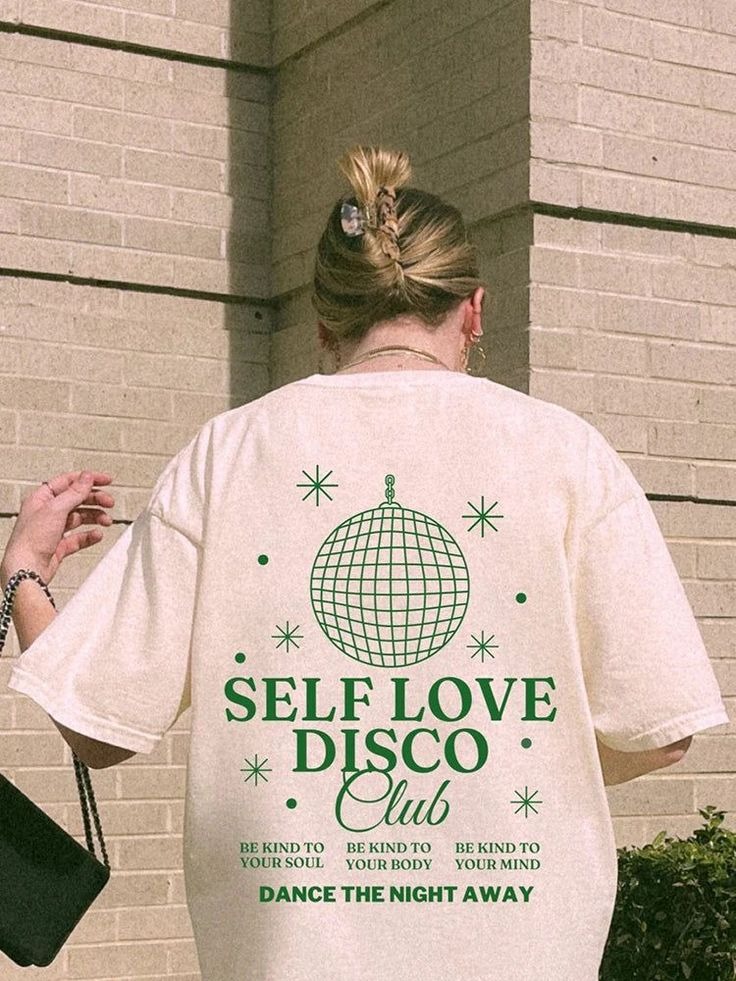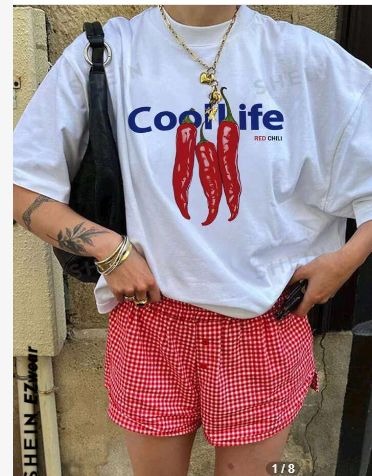The T-shirt’s ascent from a humble underlayer to a universal icon of comfort, identity, and innovation spans more than a century. Its unadorned T-shaped form has proven infinitely adaptable to shifts in culture, technology, and values, making it one of the most democratic garments ever conceived. In tracing its evolution, one uncovers far more than a story of fabric and fashion. The T-shirt has functioned as a canvas for self-expression, a banner of protest, a laboratory for technical breakthroughs, and a mirror reflecting global trends in aesthetics and ethics. As its silhouette continues to inspire designers, activists, and consumers, the T-shirt remains an unparalleled testament to simplicity’s power and endurance.
At its inception in the late nineteenth century, the knitted cotton shirt was prized for its lightweight breathability and ease of movement. Working-class laborers favored it under heavy outer layers to mitigate heat and friction during long hours of manual toil. Its initial forays beyond private worksite use met little fanfare. Yet during the early 1900s naval commanders recognized the practical virtues of the short-sleeved knit shirt and issued it as standard-issue underwear for sailors. Clipped from the constraints of heavy wool uniforms, seamen found themselves better suited to endure humid decks and strenuous duty. In time, this utilitarian garment acquired the name by which it is known today. When laid flat, the shirt’s body and sleeves form a clear T-shape. An unassuming designation belies the garment’s eventual cultural impact.
The early decades of the twentieth century marked the first stirrings of the T-shirt’s journey toward mainstream visibility. Innovations in mass textile manufacturing reduced costs and broadened access to ready-to-wear clothing. As factories in the United States and Europe churned out affordable knit shirts, they quietly transitioned from exclusive naval issue to civilian wardrobes. The era’s burgeoning cinema culture catalyzed this shift. On-screen figures who brought raw vitality to their roles often appeared in casual knitwear. Moviegoers, captivated by the allure of silver screen stars, sought to mirror their looks. The T-shirt’s effortless ease embodied a new ideal of relaxed modern style. It was no longer confined to underwear, but embraced as outerwear unburdened by formality.
This transformation gained momentum after World War II, when returning soldiers arrived home with a newfound taste for informality. The T-shirt, long a military staple, became a uniform of leisure. Its silhouette blended seamlessly with denim trousers or khaki shorts, creating the archetypal blueprint for the free-spirited American youth. Simultaneously, advances in graphic reproduction techniques endowed the simple knit canvas with expressive potential. Early screen-printed slogans and logos signaled allegiances to cause or group. Musicians and bands adopted the medium to spread their names on tour. By the 1960s, the T-shirt had emerged as a symbol of counterculture, worn by activists at rallies and by artists challenging the status quo. The democratization of messaging—accessible to anyone with a silkscreen and a bold idea—ensured the shirt’s place at the forefront of social change.
Throughout ensuing decades, the T-shirt’s cultural resonance only deepened. Each generation imprinted it with its own stories. Skateboarders in suburban cul-de-sacs layered their graphic prints over long sleeves for a post-punk aesthetic. Tech entrepreneurs in bootstrapped garages turned to minimalist tees bearing cryptic company logos. Designers in luxury ateliers deconstructed and reassembled the classic form, experimenting with asymmetric hems, varied necklines, and mixed media. High fashion runways gave the T-shirt spaces of honor alongside elaborate gowns and tuxedos. Its presence in couture collections underscored an enduring paradox: that a garment of the people could also be elevated to the realm of art.
Parallel to aesthetic reinvention, the T-shirt has been a site of technical ingenuity. Early cotton knits relied on simple weaves, but as athletic performance became a critical factor, manufacturers explored synthetic blends to wick moisture and improve stretch. Elastane-infused fabrics allowed sleeves to flex without losing shape, while performance-grade polymers reduced bacterial growth during colds sweats. In graphic reproduction, digital direct-to-garment printers have supplanted older analog methods, offering sharper images, unlimited color palettes, and smaller minimum orders. These tools lowered barriers for small designers and independent artists, fostering an explosion of niche brands. Eco-friendly advances harness reclaimed water, low-impact dyes, and recyclable fibers to address the environmental toll of mass garment production. The T-shirt’s ubiquity has spurred research into more sustainable textiles, from hemp variants requiring minimal irrigation to lab-grown cellulose that circumvents traditional agricultural pressures.
Beyond tangible innovations, the T-shirt has played a vital role in shaping conversations about equity and labor. Early factories operated under minimal oversight, often subjecting workers to unsafe conditions. As awareness grew, consumers demanded greater transparency. Traceability systems emerged, certifying fair wages and humane treatment throughout supply chains. Brands responded by publishing open-source manifests of their factories, complete with audit reports. Grassroots campaigns rallied behind T-shirts printed with calls for justice, forging palpable links between garment and cause. Nonprofit organizations leveraged custom T-shirts to raise both funds and awareness, turning each sale into a statement of solidarity. Through these efforts, the T-shirt transformed from passive consumer item into active catalyst for change.
In an increasingly digital world, the T-shirt’s role continues to evolve. Virtual fashion platforms allow users to outfit avatars and social media personas in bespoke tees. Non-fungible tokens authenticate ownership of unique digital designs, while augmented reality apps enable consumers to “try on” shirts in their own environments before purchasing. These emerging technologies blur the line between physical and digital, offering new frontiers for designers and marketers. Yet even as the metaverse beckons, the tactile comfort of a soft cotton tee remains irreplaceable. The feel of fabric against skin anchors the garment’s identity, reminding us that fashion is ultimately about lived experience.
Global interpretations of the T-shirt enrich its story further. In West Africa, local artisans adapt imported blank tees with vibrant batik or hand-embroidered embellishments, creating hybrid expressions of tradition and modernity. In Japan, the aesthetic of wabi-sabi celebrates the beauty of imperfection, inspiring designers to purposefully distress or hand-stitch shirts for a unique patina. In Latin America, street artists paint ephemeral murals on T-shirts to raise funds for community initiatives. Each regional inflection testifies to the shirt’s capacity to absorb and reflect diverse cultural currents. As trade and digital connectivity expand, these localized variations feed back into global trends, fueling a continuous cycle of reinvention.
The economic impact of the T-shirt industry is likewise monumental. It underpins countless small businesses, from screen-printing collectives to online boutiques. Seasonal drops and limited-edition “drops” drive consumer excitement, sometimes eclipsing established luxury releases in fervor. Subscription models offer curated selections of ethically produced tees delivered monthly, catering to consumers who prioritize convenience and consciousness. Even in times of economic downturn, the T-shirt’s affordability ensures its resilience; shoppers seeking both value and style turn to the versatile staple. As a low-risk entry point, it enables budding entrepreneurs to test concepts, build communities, and scale operations without prohibitive upfront investment.
Education and scholarship have not overlooked the T-shirt’s relevance. Universities in fashion and cultural studies departments host symposiums analyzing the semiotics of T-shirt graphics, exploring how imagery communicates identity, politics, and belonging. Museums mount retrospectives tracing the evolution of concert merchandise, protest slogans, and corporate branding, situating the garment within broader histories of mass media and consumerism. Artists incorporate deconstructed shirts into installations that examine memory and materiality, underscoring the ways we attach personal narratives to objects of everyday use. These academic and artistic inquiries affirm that the T-shirt transcends mere utility to inhabit the realms of meaning and memory.
Amid rapid change, the T-shirt endures because of its essence: a blank slate that invites personal storytelling. It carries the slogans we champion, the artwork we love, and the logos of teams and institutions that unite us. It absorbs stains of shared experiences—festival mud, paint from art workshops, sweat from athletic triumphs—imbuing each garment with a sense of history. It stretches and softens, melding to our contours as if tailored. Its simplicity demands no special occasion; it welcomes wear every day, across generations and geographies.
Looking ahead, speculative research in smart textiles suggests new horizons for the T-shirt. Conductive fibers could transform sleeves into wearable interfaces that measure heart rate or environmental air quality. Phase-change materials might stabilize body temperature in extreme climates, offering adaptive comfort. Biodegradable fabrics seeded with microorganism cultures could break down naturally while nourishing soils after disposal. Meanwhile, advancements in on-demand manufacturing and localized microfactories promise to reduce shipping emissions and respond swiftly to consumer preferences. As augmented reality shopping experiences mature, one might preview and order fully customized shirts from the comfort of home, eliminating wasteful returns. Even as these futuristic possibilities unfold, they build upon the T-shirt’s core virtues of accessibility, expressiveness, and ease.
The T-shirt’s journey is a tapestry woven from threads of social change, artistic innovation, and technological progress. Its form has remained constant, but its meanings have multiplied. What began as practical undergarment evolved into symbol of athleticism, rebel banner, brand ambassador, and digital artifact. It thrives in street markets and luxury boutiques, in virtual worlds and museum galleries. It sustains livelihoods from cotton farms to e-commerce platforms. It carries the voices of individuals and movements, the insignia of teams and institutions, the imagery of dreams and dissent. Above all, it offers a singular comfort, inviting each of us to shape its canvas with our own stories.
To wear a T-shirt is to participate in a collective history of innovation and expression that knows no boundaries. It reminds us that elegance need not be elaborate, and that impact often arises from simplicity. As the world continues to shift and new challenges emerge, the T-shirt—ever flexible, ever welcoming—will undoubtedly adapt to meet them. In its unassuming silhouette lies a profound lesson: that true style is rooted not in extravagance, but in the ability to carry meaning across time, to unite disparate communities under a common form, and to celebrate the enduring power of a blank canvas renewed with every wear. The story of the T-shirt is still being written, one stitch and one print at a time, and each of us holds a chapter in our closet.




Leave a comment